Every great marketing team needs an equally great design team and vice versa. Relationships between marketers and designers come in all shapes and sizes, but the key to any successful one is efficient and effective collaboration.
When marketers work closely with designers, they can collectively turn content into something unique and memorable. Unfortunately, even the most well-planned projects can go off the rails, usually due to a communication break-down. Although marketers and designers are both in the creative services field, each role thinks differently and approaches their work from varied perspectives. Understanding that is the first step in developing a successful relationship.
So how can marketers and designers work better together and get the most out of their relationship? We asked our Creative Director, Annalise Taber, to share her secrets. As a successful Creative Director and owner of her own freelance design company, she’s spent years working with a variety of marketing teams and knows what it takes to develop mutually beneficial relationships.
What are some of the project missteps you’ve seen between marketing and design teams?
It’s a pretty common problem: a project is final (or near-final), and then, in the eleventh hour, a key stakeholder gives their take. Budgets, timelines, and creative direction all hang in the balance. Often, all is well and projects continue on their way to production—be it a hand-off to a printer’s prepress department or a web developer. Sometimes, however, it’s back to the drawing board.
How can they be avoided?
Depending on the structure of your organization, sometimes these last-minute stakeholder swoop-ins are unavoidable. I’m sure it comes as no surprise that the projects with the most compelling results and streamlined process are the ones with clear and ongoing lines of communication.
The best projects begin with clear direction from both sides of the table. It’s crucial that marketers have an idea for how they’ll measure project success, as well as what their budget, timeline, and approval process looks like (this includes defining stakeholders early on). It’s equally important that designers ask probing questions to help determine project scope. Depending on the stage of the relationship, designers should expect to do some basic research and prepare a few concepts ahead of an initial meeting.
How can marketers best communicate their vision to designers? What tools should they use?
Everyone’s process looks a little different, but many designers swear by moodboards. Far from the pasted-together poster boards you may be imagining, creative moodboards are simply a loose collection of ideas. This often takes the form of a shared folder or a quick presentation. The ultimate goal: convey basic creative direction before too many billable hours have been spent. Usually, designers create and present these moodboards after an initial discovery meeting with a client.
However, there’s nothing stopping a savvy marketing team from making a moodboard themselves, especially if they have a clear direction in mind. After all, designers are visual people. The more examples and guidelines you can provide at a project’s inception, the better. Brand guidelines, examples of past work, and similar projects (if applicable) fit the bill just fine and present a good jumping-off point for creative discussion.
What should marketers understand about the creative process? How can they best facilitate it?
Once a timeline is agreed upon, expect your designer to stick to it. While delivering early is certainly a possibility, it’s unwise to expect a quick turnaround every time. You never know how many other projects a designer has on his or her plate at a time, and the creative process looks different for every designer. If your project is a rush, be upfront about it. If you have months before initial drafts need to be reviewed, expect semi-regular check-ins but otherwise trust your designer to reach out if and when they need to. By all means, if there are updates to the project scope—be it the audience, budget, quantity, whatever–be as up-front about it as possible.
What are some of the best lessons you’ve learned from marketers?
Designers tend to measure success by how creative they can be, given set parameters. How closely can you meet brand standards while still being unique? How can you visually elevate a tri-fold, a pocket folder, an ebook, a logo, a website? Marketers, however, are all about metrics. They read the trends and know the science behind what works and what doesn’t. A healthy mix of marketing and design thinking (born from close collaboration) can often yield surprising results.
What have been your most successful relationships and why?
I’ve found that the most successful projects and relationships involve collaboration from the start. Far before you’re thinking about stock, quantity, or development, it’s crucial to consider goals, message, and audience. Designers and marketers have different ways of approaching this conversation, but they both have key viewpoints to consider. The earlier these voices are brought to the table, the more successful your ultimate product will be.







